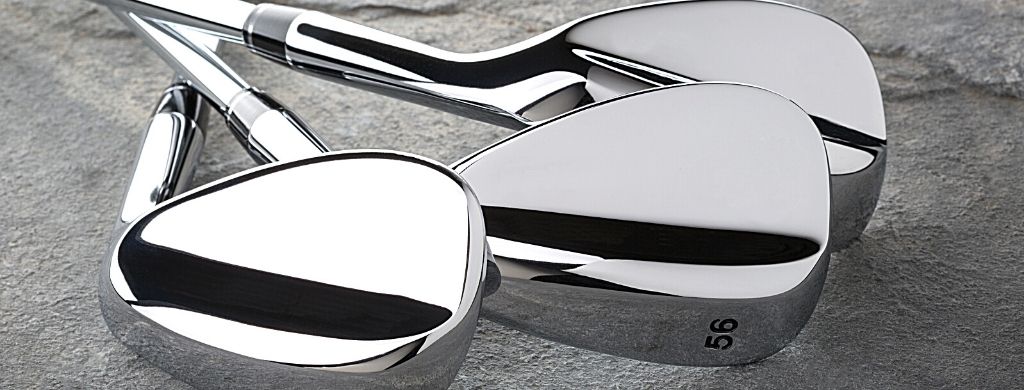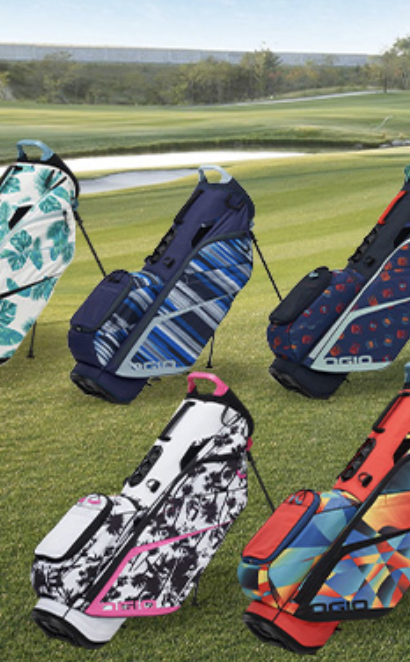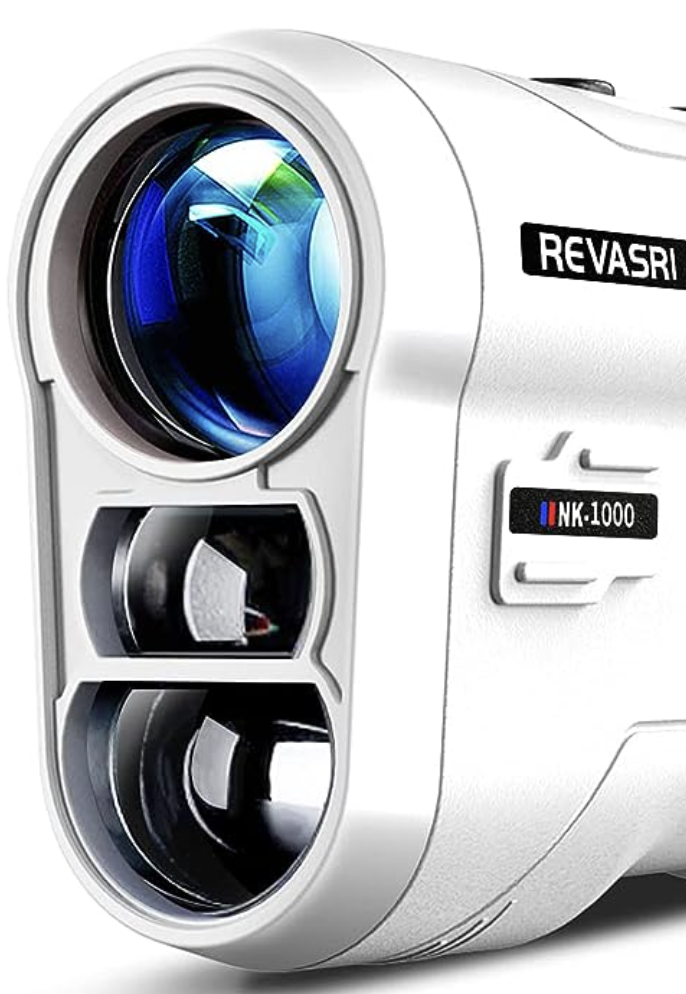What Wedges Should A Beginner Carry?
Every golfer has an opportunity to carry 14 clubs in their bag. But for beginner golfers, deciding which club to carry is not easy, especially in wedges.
One can easily find different options ranging from 48 degrees pitching wedge to a 64-degree lob wedge. It’s an unwritten rule to allow 4 to 5 degrees between each wedge.
As per this rule, if golfers carry pitching wedges at 46 degrees, they could add a gap wedge between pitching and sand wedge.
For tricky shots over traps or water and bunker play, golfers can use a 56 to 58 degrees sand wedge as it’s a universal wedge. But the main question is, what wedges should a beginner carry?
Let’s get into it!
Golf Wedges: An Overview

Wedges are known to have heavier clubheads, shorter shafts, and higher lofts compared to other irons.
Players use wedges better for accurate short-distance shots from tricky spots. In addition, wedges are often used to extract balls buried in thick grass, sand, or mud.
But this does not mean you can use the same wedge club in every situation.
Depending on the situation, you can choose from four types of wedges, i.e., pitching, gap, lob, and sand wedge.
How Many Wedges Should A Beginner Have?
When beginners carry wedges in their golf bags, they focus on versatility. As multiple options are available, it’s best to have at least four wedges in the golf bag.

of Callaway ERC Triple
Track Golf Balls for
yourself or your buddy!
What Golf Wedges Should A Beginner Carry?
Most commonly, golfers have a standard pitching wedge in their bag as it is widely used. But a player needs more golf wedges than just pitching wedges. Not to mention, it’s not necessarily the best wedge for average players.
You can add precision and finesse to your game by playing with the other three golf wedges. In addition, the pitching wedge is believed to be the least lofted wedge.
If you want to upgrade your golf game, you must carry four wedges in your bag instead of depending on a single one.
Lob Wedge
Players use a lob wedge to recover from the difficult positions near the green. It carries 60 degrees of loft.
But many new golfers shy away from this wedge as it is a finesse club. Therefore, using this wedge correctly requires hours of practice, skill, and confidence.
As a beginner, you just spend more time gaining confidence in the short game. So here’s why you should keep lob wedges out of your bag.
- You need good practice to analyze the distance lob wedge fly after contact as it is the most lofted club in the set.
- A lob wedge can dig with larger soles in the wet turf or lush.
- However, as they have the most bounce, they skid into the center of the ball. As a result, the golf ball flew low right across the green.
- Usually, beginners skip the approach shot of the intended distance required on the shot.
- The clubhead can slide easily under the ball when the lob wedges have good lies on the fairway or rough.
High handicappers who find it difficult to play from the bare or right line can play using a lob wedge. This website can save high handicappers’ strokes.
Pitching Wedge
Depending on the manufacturer, pitching wedges can vary in degrees of loft. Older pitching wedges have more loft, but the modern ones have a little loft. In addition, they are stronger.
It is possible because the latest models tend to de-loft most of the set to hit the ball further. But better distance does not always equate to good scores.
Gap Wedge
The gap wedge is known to fill the gap created between the pitching wedge and sand wedge. As the unwritten rule says, players should not have more than 4 to 5 degrees of lift difference.
- You might be interested in What Is The Rule Of 85 In Golf?
The interesting aspect about gap wedges is that they have a thicker sole. That means they can work through good turf conditions.
But the difficulty with gap wedges is in establishing how far the beginner can hit the ball with them.
Gap wedge shots can travel anywhere from 90 to 110 yards. Although this wedge is relatively new and sold separately, beginner golfers should use it.
Sand Wedge
Out of the available wedge, the sand wedge is a must-have in the golf bag as it is mainly designed for getting the ball out of traps or sand bunkers. The degree of loft in the sand wedge can vary from 54 to 58 degrees.
For a beginner golfer, choosing the right sand wedge is extremely important because it’s the only shot on the golf course where you aim to hit behind the ball.
Read the difference between lob wedge vs. sand wedge.
Calculating Distance Between Clubs For Beginners
Beginners can make each game easier and more enjoyable if they know the distance. So, depending on the skill level attained, you can use anything from 6 to 9 meters per club.
You can also know about the swing speed with irons from any teaching pro or retail golf outlet.
Watch the video below to determine club carry distance to score better.

and apparel.
gear, accessories and apparel. (affiliate link)
3 Things To Consider When Buying A Wedge
Using the best iron golfs or wedges, you can add consistency and precision to your game. But you cannot make a random wedge selection. Instead, you must choose a wedge that matches your level of experience, preference, and skills.
Here’s what you can consider before buying a wedge.
Quality
When you are purchasing a wedge, you must consider its quality. You cannot improve your game with a poorly designed wedge.
A quality set of wedges improves your performance and will also serve you for a long time. Therefore, you do not have to replace it frequently.
Price
Before you make a purchase, try to set a budget. Then, when you have a fixed budget, you can keep a balance between price and quality.
Loft
The loft has a direct impact on how far the ball goes. For example, a wedge with a lower loft can hit the ball further.
Bounce
Lastly, you should consider the wedge bounce, defined as the angle created between the leading edge and the lowest point of the sole when the ball touches the ground.
You can have a controlled shot and desired ball spin with proper wedge bounce.
Conclusion
As a beginner, when you choose a set of clubs, make sure that it matches your swing speed.
You must check the degrees of loft on the pitching wedge. If you do not have a sand wedge, you can choose a minimum of 56 or 58-degree club.
Don’t forget to consider the texture of the sand of your home club before making a purchase. Then, later, you can add a gap wedge to the set.
And lastly, you can add a lob wedge. But remember that it can be a score wrecker if you do not practice enough with a lob wedge.







